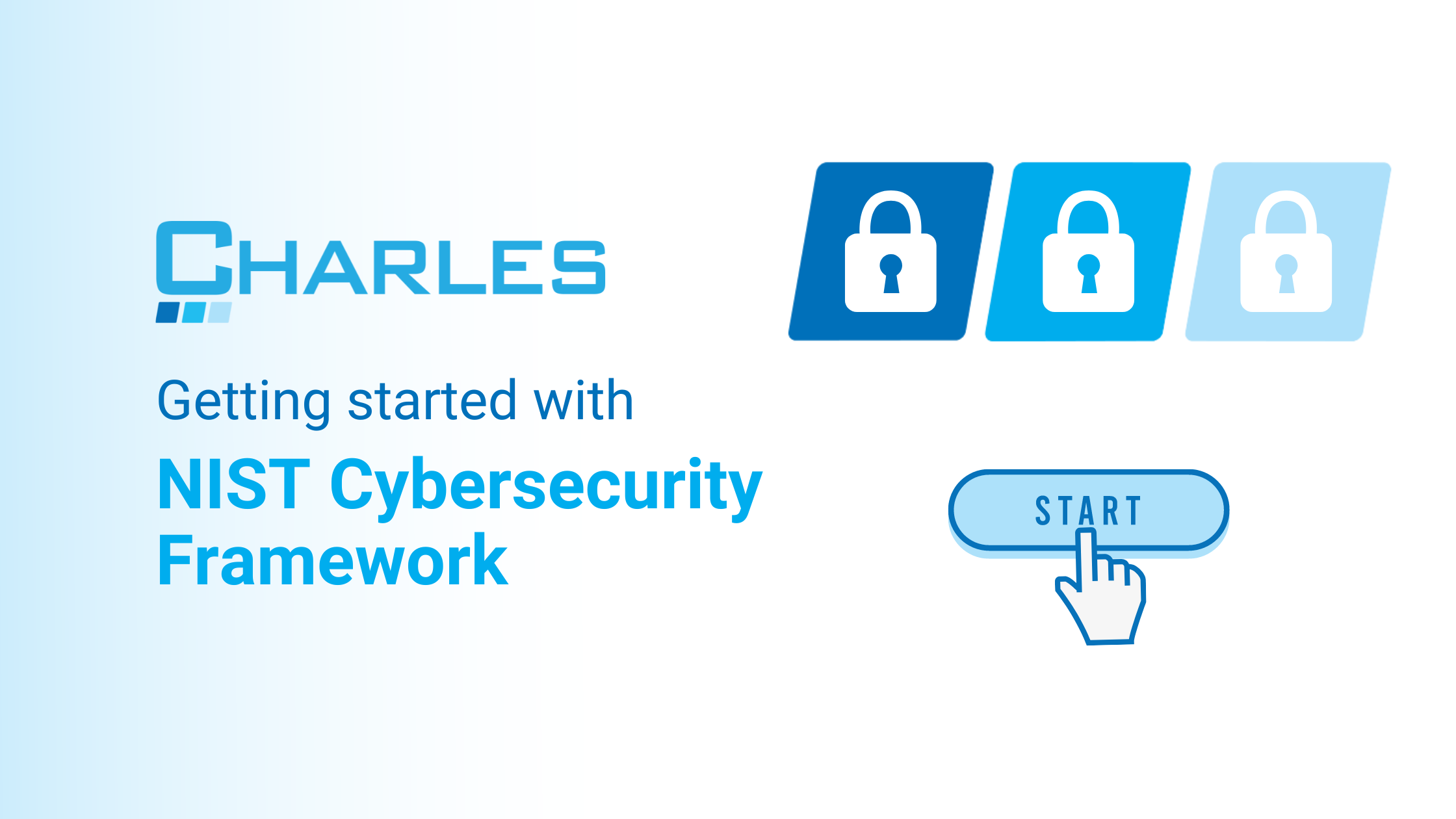
As a business owner, you’re always looking for ways to improve your cybersecurity posture and protect your company from cyberattacks. Fortunately, the National Institute of Standards and Technology (NIST) has developed a framework that can help you do just that.
In this blog post, we discuss what the NIST Cybersecurity Framework (CSF) is and how it provides organizations with a comprehensive approach to cybersecurity. We also go over the core functions of NIST CSF and why it’s crucial for small- and medium-sized businesses (SMBs) like yours to implement the framework.
What is NIST CSF?
NIST CSF is a set of voluntary standards, guidelines, and best practices for managing cybersecurity risk. It was developed by the National Institute of Standards and Technology in response to Executive Order 13636, which called for the development of a cybersecurity framework to help protect critical infrastructure from cyberattacks. The framework is designed to be flexible and adaptable, so that organizations of all sizes and industries can use it to secure their systems and data.
What are the core functions of NIST CSF?
This cyber security framework is organized around five core functions:
- Identify
- Protect
- Detect
- Respond
- Recover
Each of these functions represents a key focus area for cyber security and contains a set of security activities, outcomes, and references that you can use to bolster your cyber defenses.

Identify
This function helps you understand the cybersecurity risks you face, which involves:
- Assessing your company’s assets, vulnerabilities, and threats;
- Understanding your business systems and processes; and
- Determining which laws and regulations apply to your organization.
By taking these steps, you can develop a clear picture of your business’ cybersecurity risk and develop a tailored risk-management approach.
Protect
This function helps you reduce your cybersecurity risk by developing and implementing security measures, such as access control, data encryption, and automated backups. By having these measures in place, you can make it more difficult for attackers to penetrate your systems and minimize the damage they can cause if they do succeed.
Security awareness training is also an important component, as it can help your employees recognize and report potential threats.
Detect
The detect function helps you spot potential and actual cybersecurity incidents by monitoring your systems for signs of an attack, such as unusual network activity or traffic. It also involves the use of intrusion detection and prevention systems that automatically flag or block suspicious activity.
By being aware of potential threats, you can take steps to prevent them from becoming full-blown incidents.
Respond
The response function is designed to contain and mitigate the effects of a cyber security incident. This entails implementing action plans for different types of attacks and establishing incident response teams and processes. These plans should include steps for:
- Isolating and eradicating the threat;
- Restoring normal business operations;
- Informing affected relevant stakeholders;
- Reporting the attack to law enforcement and other authorities; and
- Updating your security controls to prevent future attacks.
It’s essential to test your plans regularly to ensure they remain up to date and effective.
Recover
Support your return to normal operations after a cybersecurity incident with this function, which involves developing plans for alternate business operations, such as working from home or using cloud-based applications. The ‘recover’ function also entails backing up data so you can quickly restore any lost or corrupted information.
By having these plans and backups in place, you can minimize the disruption caused by an incident and get your business back up and running as quickly as possible.
Why is it crucial for businesses to implement NIST CSF?
Many organizations today are still using ad hoc or piecemeal approaches to cybersecurity leaving them vulnerable to attacks. The NIST framework provides a comprehensive and standardized approach to managing cybersecurity risks that can be tailored to the needs of any organization.
By implementing this framework, businesses can improve their cybersecurity posture, protect their data and systems, and reduce the impact of successful attacks. This is especially true for SMBs with limited IT budgets, as implementing NIST standards can be a cost-effective starting point.
Adopting this framework can also help businesses meet compliance requirements, such as those set by the General Data Protection Regulation and the California Consumer Privacy Act. NIST CSF has been recognized as a key tool for complying with these regulations, and it can also help organizations meet other cybersecurity-related standards, such as ISO 27001 and the Cybersecurity Maturity Model Certification.
In short, this cyber security framework is a valuable tool for businesses that want to shore up their cyber defenses and effectively secure their data. While implementing the framework may seem daunting, it’s a worthwhile investment that can help your business reduce risk and improve resiliency.
If you’re interested in learning more about NIST CSF, get in touch with Charles IT's experts today!



